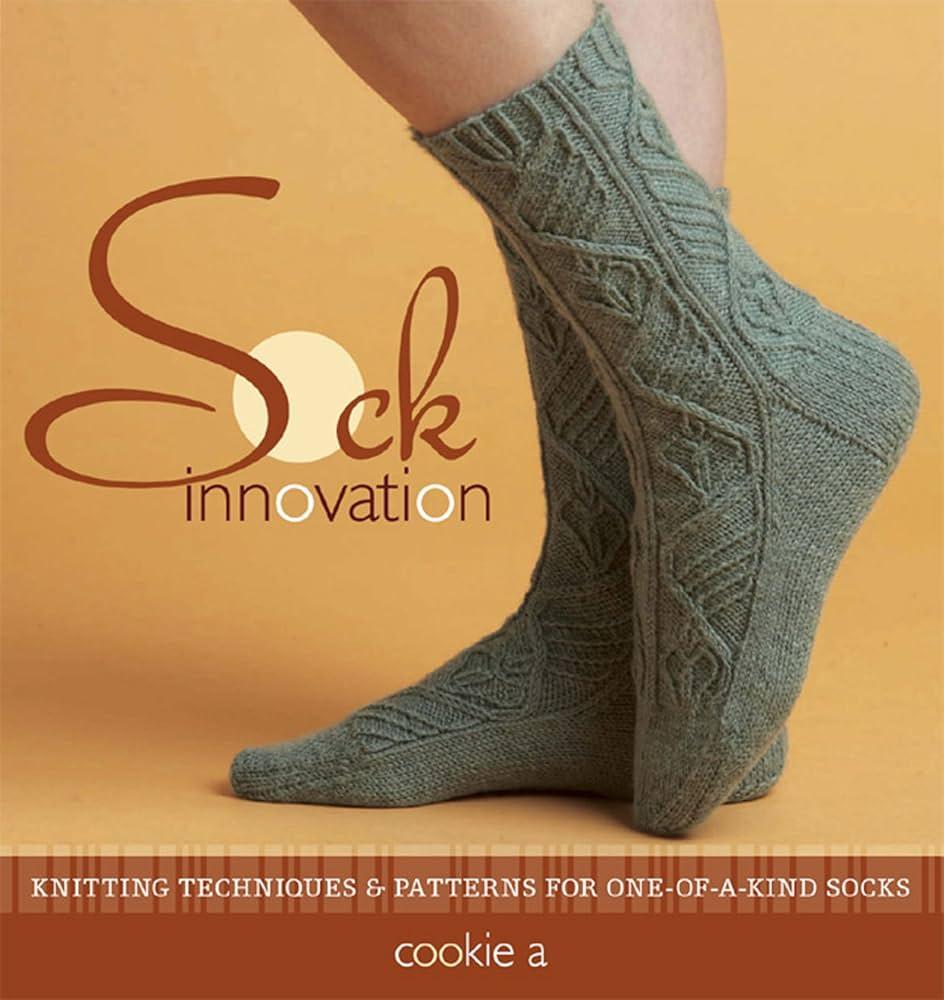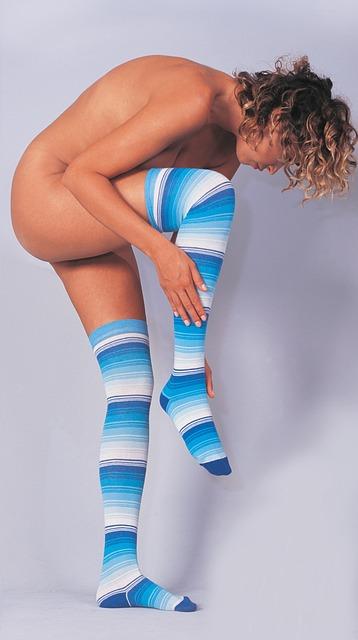In a world increasingly aware of its environmental footprint, even the smallest choices can lead to notable change. Enter the humble sock—a staple of everyday attire that often goes unnoticed in discussions about sustainability. Yet, as we navigate our way through a consumer landscape dominated by convenience and excess, an emerging trend is challenging us to reconsider our footsie habits: ethical socks. These innovative garments not only offer comfort and style but also serve as a beacon of hope in the fight against plastic waste. With each pair crafted from eco-friendly materials and produced under fair labor practices, ethical socks are stepping up to reduce our reliance on plastics, one stride at a time. Join us as we unravel the inspiring journey of these conscientious creations and explore how every step we take can contribute to a more enduring future.
Sustainable Materials: The Fabric of Change
The journey towards sustainability begins with the choices we make in our daily lives, and our feet are no exception. Ethical socks made from sustainable materials are not only a conscious step towards reducing plastic waste but also a testament to the increasing demand for environmentally friendly products. By opting for socks crafted from materials like organic cotton, bamboo, or recycled fibers, consumers can substantially lessen their ecological footprint. this shift helps combat the staggering amount of plastic that ends up in landfills and oceans, allowing individuals to embody a greener lifestyle with every step they take.
Moreover, the benefits of choosing sustainable socks extend beyond the habitat. These products often promote fair trade practices and support ethical manufacturing processes, ensuring that workers receive fair wages and work in safe conditions. Investing in eco-friendly materials can also foster a sense of community, as many brands prioritize local craftsmanship and sustainable sourcing. Some of the most popular sustainable materials include:
- Organic Cotton – Grown without harmful pesticides,reducing soil and water contamination.
- Bamboo – A rapidly renewable resource that grows without fertilizers and is naturally antibacterial.
- Recycled Polyester – Made from post-consumer plastic bottles, helping reduce plastic waste through innovative recycling processes.

Innovative Designs: Merging Style with Responsibility
In a world where fast fashion dominates, the emergence of ethical socks heralds a refreshing change.These innovative designs prioritize sustainability without compromising style,demonstrating that responsible fashion can be chic and functional. Made from organic materials and recycled fabrics, these socks not only provide comfort but also serve as a statement piece in your wardrobe. By choosing ethically produced socks, consumers can enjoy various benefits:
- Eco-Friendly Materials: Crafted from sustainably sourced fibers like bamboo, cotton, and recycled plastics.
- Artisan Touch: Many brands partner with skilled artisans, ensuring fair wages and ethical working conditions.
- Minimal Waste: Production processes are designed to reduce waste, utilizing every bit of material efficiently.
The impact of these conscious choices extends beyond individual style; it’s about forging a community dedicated to sustainability. By supporting brands that implement innovative designs, consumers contribute to a larger movement aimed at reducing plastic waste and environmental damage. The journey toward responsible fashion is enriched by understanding the lifecycle of products, and ethical socks stand as a testament to this evolution. Consider the following table showcasing the environmental benefits:
| Benefit | Description |
|---|---|
| Reduced Carbon Footprint | Using renewable resources lowers greenhouse gas emissions. |
| Less Plastic Pollution | Recycled materials minimize reliance on virgin plastic production. |
| Biodegradability | Natural fibers break down more quickly than synthetic ones. |

Consumer Choices: Supporting Ethical Brands for a Greener Future
As consumers grow increasingly aware of their environmental impact, the importance of making conscious choices becomes more evident. By supporting brands that prioritize ethical practices, we can make a significant difference. When it comes to socks, many companies are leading the charge by utilizing sustainable materials and responsible manufacturing processes. These brands frequently enough use organic cotton, bamboo, and recycled fibers, which not only help in reducing plastic waste but also promote a healthier planet. Opting for such products not only aids in minimizing our carbon footprint but also aligns our purchases with our values.
When selecting ethical socks, look for brands that showcase their commitment to sustainability. Consider factors such as fair labor practices, transparent supply chains, and eco-friendly packaging. Supporting these initiatives can foster a community of conscious consumers driving change in the fashion industry. Below is a brief overview of some notable ethical sock brands worth considering:
| Brand Name | Materials Used | Key Features |
|---|---|---|
| Bamboo Sock Co. | Bamboo, Organic Cotton | Biodegradable, Antimicrobial |
| Panda Socks | Recycled Polyester, Cotton | Carbon Neutral, Eco-Packaged |
| Smartwool | Merino Wool, Recycled Nylon | Durable, Moisture-Wicking |

Recycling and Beyond: The Lifecycle of Ethical Socks
When it comes to ethical socks,the journey doesn’t end with your purchase. After their first wear, socks have the potential for a second life through responsible recycling practices. Many brands now offer take-back programs or collaborate with recycling companies to ensure that worn-out socks don’t end up in landfills. By participating in these initiatives, consumers can:
- Contribute to reducing plastic waste: Socks made from synthetic materials often contain microplastics that pollute our oceans.
- Support circular economy: Recycled materials are used to create new products, minimizing the reliance on virgin resources.
- Raise awareness: Engaging with recycling programs educates others about sustainable practices.
Moreover, the lifecycle of ethical socks doesn’t stop once they’re recycled. Innovative brands are exploring ways to transform these materials into entirely new products, such as insulation or carpeting. This not only diversifies the use of recycled fibers but also encourages a more sustainable consumption model. Check out the table below for some examples of what recycled socks can become:
| Material | New Product | Benefit |
|---|---|---|
| Recycled polyester | Insulation for jackets | Reduces need for raw polyester |
| Recycled cotton | Carpeting | Promotes resource conservation |
| Recycled nylon | Composite materials | Supports industrial applications |
In Conclusion
As we take our final steps through the compelling journey of ethical socks, it becomes clear that making conscious choices can indeed have a profound impact on our planet. with each pair crafted from sustainable materials, we are not just investing in comfort for our feet, but also in a cleaner, greener future. By choosing ethical socks, we are stepping towards a world where innovation meets responsibility, and fashion harmonizes with sustainability.
So next time you reach for a new pair of socks, remember that your choice is more than just fabric—it’s a statement. One small step leads to another, and together, we can walk a path toward significantly reducing plastic waste. Let’s lace up our collective efforts, support ethical production, and stride confidently into a future where each step is a step toward change. After all, every journey begins with a single step—let’s make ours count.

